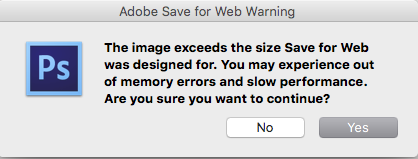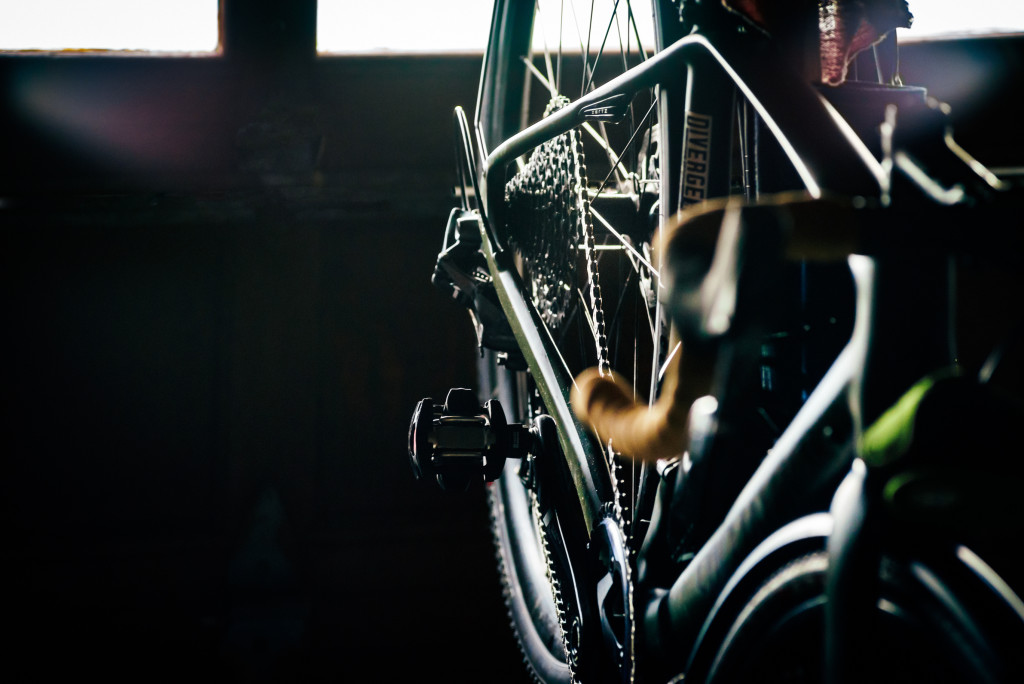For photographers, it’s not a stretch to read the book as well and consider compassion when taking photos, and shoot with a lens of kindness.

Well, what the F else am I supposed to do other than click yes? Then go get a cup of coffee while my machine grinds to a near halt? Pretty sure this is what’s called nonempathic design, because like I got a million other better things to do today than fight with Photoshop over the size of my files. Wouldn’t Adobe know that RAW files have gotten exponentially bigger and I’d want to share them on the web? I did just spend all morning editing one, right?
Well, well-timed as ever, A Book Apart just released a handy guide to avoid these types of design mistakes. Back when I used to talk design stuff (pre Snapchat, hook-up apps, and entitled Millennials in the workplace), I called a frustrating dialog like this UXA: user-experience arrogance.
The issue is designers thinking the world they command is all that matters, not realizing their app is in an ecosystem on my desktop or handheld. Much smarter people than me, and who are more current about design topics have written Design for Real Life. The guide also discusses our emotional relationship with software, and how it affects us. Like, how Facebook will show you a painful moment of your past, whether you want it to see it or not…or most recently when Tay, Microsoft’s cute chatbot, got gamed, and turned into a hate-spewing, perverted homophobe by those trolling assholes that lurk in the dark corners of the Interwebs.

Considering the audience, their emotions, and how they use your product isn’t limited to software or the web. The experience of extreme 1x chain lines on bicycles, quick release failures, or why it’s not universally understood that disc brakes are significantly better than calipers is certainly a topic within the domain of real-life design.

From the forward by Anil Dash
You can’t always predict who will use your products, or what emotional state they’ll be in when they do. But by identifying stress cases and designing with compassion, you’ll create experiences that support more of your users, more of the time.
For photographers, it’s not a stretch to read the book as well and consider compassion when taking photos, and shoot with a lens of kindness.
Oh, and, that photo finally outputted for the web, just as I was finishing a draft of this post.
Find the book online at A Book Apart. The paperback is $18.00 and eBook $9.00. Combine the 2 formats and save at $22.50. Design for Real Life is authored by Eric A. Meyer and @sara_ann_marie.
My daily shooter is Sony A1 with a vertical grip and various Sony lenses attached like the FE 20mm F1.8. Find more gear recommendations in our shop. As an Amazon Associate I earn from qualifying purchases.
